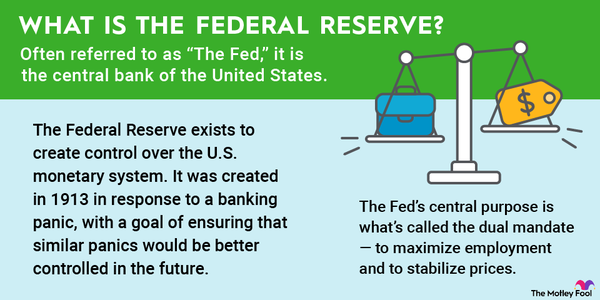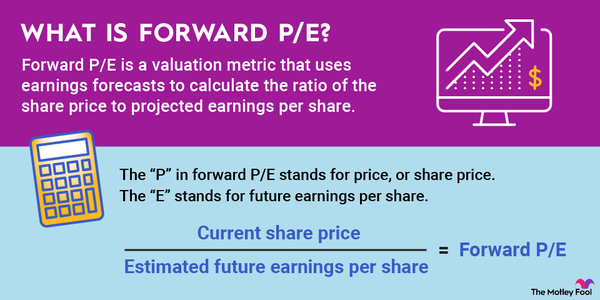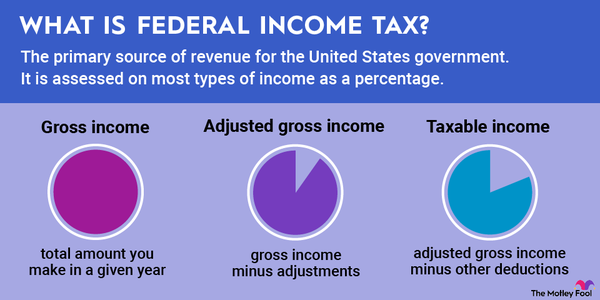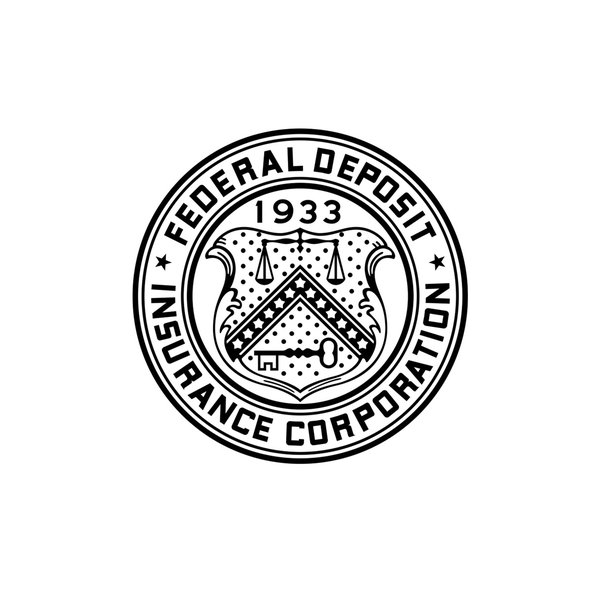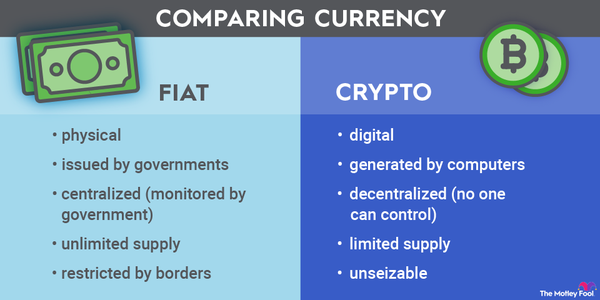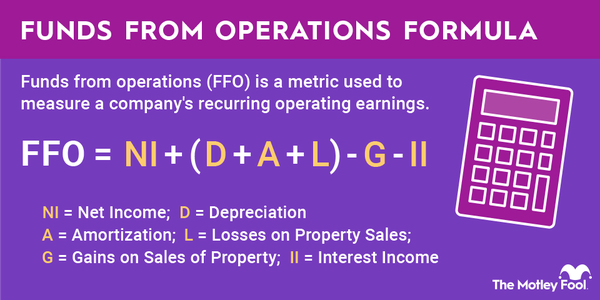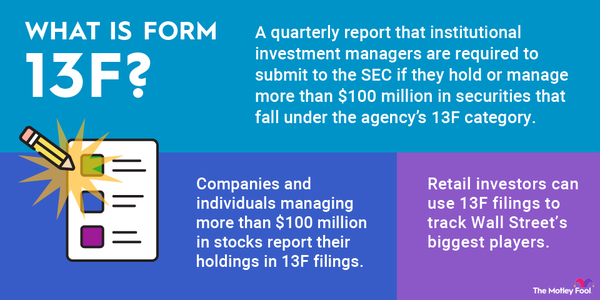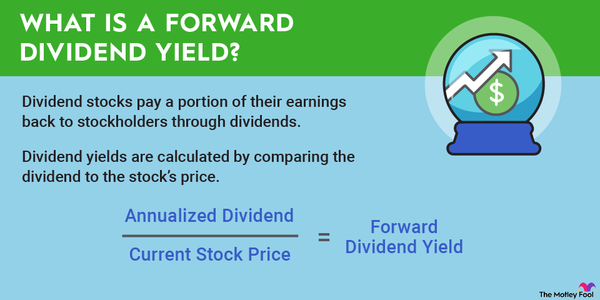Sneakers and handbags have brands, while mutual funds and exchange-traded funds (ETFs) have fund families. Vanguard and Schwab (SCHW -1.78%) may not have iconic logos like Nike (NKE 0.98%), but they do have an overarching investing style that flows through to all their funds.
Read on to learn the must-know details about fund families, including the pros and cons of investing with one family of funds and how to research fund families. We'll also take a closer look at one of the most popular families for fund investors.

Understanding fund families
Understanding fund families
A family of funds is a group of investment funds managed by the same company. All Schwab funds, for example, comprise the Schwab fund family. Other investment managers that run namesake fund families include Vanguard, Fidelity, BlackRock (BLK -2.17%), and State Street.
The individual funds within a family share the family name, but they can differ in fund type, investment strategy, risk profile, expense ratio, minimum investment purchase, and so forth.
For example, the Fidelity fund family includes index funds, actively managed funds, themed funds, target-date funds, and more. They also invest across stocks, bonds, and other asset classes.
Some Fidelity funds are ETFs, and others are traditional mutual funds. Many Fidelity funds cater to retail investors, while others are earmarked for institutional investors.
Pros of investing with one fund family
Pros of investing with one fund family
Investing in a single family of funds has both cost and convenience advantages. Here's a closer look at both.
Pro: Convenience
The top fund families have investment options for nearly any style or goal. So, when it's time to add to your portfolio, it's often appropriate to search within your preferred family first. This is a more streamlined research approach versus considering the entire universe of funds before choosing the right asset.
Your comfort level with a particular family of funds can also take some stress out of your investing decisions. It's easier to move forward with a trade or expand into a new asset type when you know and trust the family's style.
Asset Classes
Pro: Cost
Fund families encourage their shareholders to stay within the family. There's often a monetary incentive, such as lower sales charges or commission-free exchanges from one fund to another.
Costs of investing with one fund family
Costs of investing with one fund family
Now, for two main disadvantages of investing within one fund family. You may find it challenging to achieve an appropriate level of diversification, and you may be more likely to make quick, unresearched investing decisions.
Cons: Potential for limited diversification
Smaller fund families may hold many of the same stocks across various actively managed funds. If you don't dive in and review the holdings of each fund before you buy, you could end up with too much exposure to a single stock.
Note that this problem can arise with index funds, too. Any S&P 500 fund or Nasdaq fund, no matter the family, will have overlap in their top five holdings. As a best practice, always review fund holdings against what you already own to avoid over-concentration in one position.
Cons: Potential for quick decisions
It can be easy to assume that if one fund in a family performs well, the sibling funds will perform well, too. That assumption can encourage you to make quick decisions you'll regret later.
Unfortunately, inconsistent or unexpected performance is given in investing. This is true whether you're holding your money within one fund family or not. So, make it a non-negotiable task to conduct thorough research before trading any security.
Researching fund families
Researching fund families
To research fund families, start by reviewing third-party performance data, such as the Morningstar Fund Family 150. The Morningstar (MORN -0.21%) report includes profiles, ratings, quantitative rankings, and total fund assets for 150 families -- from Aberdeen to Xtrackers. You can also dive into market share, asset flows, and fee levels for each family featured.
Market Share
Once you have a short list of prospective fund families, continue your research on their websites. You want to understand:
- The family's overall investing style
- The account types the investment manager offers
- Account fee structure
- The perks of investing with that family
- The breadth of investment options available to you
Fund-family spotlight: Vanguard
Fund-family spotlight: Vanguard
Vanguard has two differentiating points relative to other fund families. First, Vanguard created the first index fund in 1975. Since that time, Vanguard has branded itself as a low-fee family of funds.
Secondly, Vanguard is owned by its shareholders. Vanguard funds own the company, and the shareholders own the funds.
Key stats to know about the Vanguard family of funds include:
- Asset-weighted expense ratio average: 0.08% for U.S. funds
- Number of funds: 210 in the U.S.
- Assets under management: $9.3 trillion
- 2022 global net inflows: $151 billion
Related investing topics
Retail investors can open brokerage accounts, individual retirement accounts (IRAs), Uniform Gift to Minors Act (UGMA) accounts, Uniform Transfers to Minors Act (UTMA) accounts, and 529 plans directly with Vanguard. Annual account fees range from a flat $25 to $25 per Vanguard mutual fund held in the account. Fee waivers are available for account holders who reach certain balances with their Vanguard assets.
The perks of holding a brokerage account with Vanguard include no minimum opening balance requirement, no fees to buy and sell Vanguard funds, and access to low-cost investing guidance and research.









